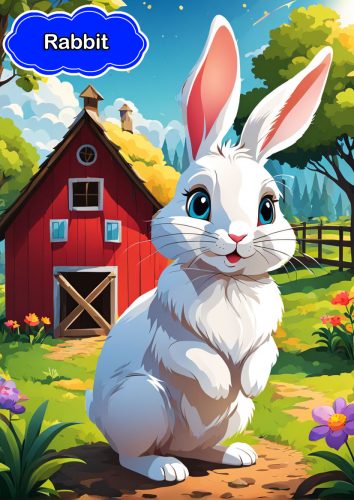
Rabbits are beloved animals with some lesser-known facts that highlight their unique characteristics:
- Variety of Breeds: There are over 300 domestic rabbit breeds recognized worldwide, ranging from the tiny Netherland Dwarf to the large Flemish Giant, each with distinct physical traits and temperaments.
- Unique Digestive System: Rabbits have a specialized digestive system that requires them to eat a high-fiber diet, primarily consisting of hay. They produce two types of droppings: hard pellets and softer cecotropes, which they re-ingest for additional nutrients.
- Social Animals: Rabbits are highly social creatures and often thrive in groups. In the wild, they live in complex burrow systems called warrens and establish social hierarchies.
- Communication: Rabbits communicate through a variety of vocalizations, body language, and even by thumping their hind legs to signal danger. They may also purr or honk when they’re happy.
- Fast Reproduction: Rabbits are known for their prolific breeding. A single female can produce several litters of up to 12 kits each year, leading to rapid population growth if conditions are favorable.
- Strong Teeth: Rabbit teeth grow continuously throughout their lives, requiring them to gnaw on various materials to keep them worn down. This is why they need access to chewable items like hay, wood, and safe chew toys.
- Poor Night Vision: While rabbits have a wide field of vision, they have a blind spot directly in front of their noses. They rely on their other senses, especially hearing and smell, to navigate their environment.
- Cultural Significance: Rabbits have various cultural roles, symbolizing fertility, renewal, and good fortune in many traditions. They are often featured in folklore, such as the Easter Bunny in Western cultures.
These facts highlight the fascinating behaviors, adaptations, and cultural importance of rabbits!
More resources:
Animals Coloring and Learning eBook
Animals Free Fun Learning eBook
Notes:
– All materials are strictly for personal use only.
– Do not reproduce and/or redistribute any part of these materials.
– Use these materials under parents’ and/or guardians’ guidance/supervision/approval.
![]()